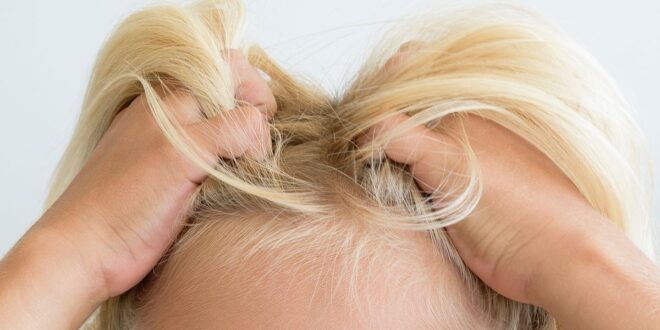The return to the school of the little ones also brings with it the return of the dreaded lice. They are not exclusive to this time, but there is indeed more significant contagion among children at this time of year when they spend more time together. Faced with these mini-epidemics, it is intended to provide information on the dreaded lice diagnosis, prevention, and treatment.
Lice do not jump or fly from head-to-head; they are only spread through direct contact or shared objects. Therefore, it is essential to follow a series of basic tips from Lice Doctors Detroit, MI to avoid contagion:
- Avoid direct contact with the infected head.
- Do not use caps, combs, scarves, or towels of people infected or who have been.
- Disinfect objects that have been in contact with infected hair, wash contaminated clothing in hot water (over 55 degrees), and immerse brushes, caps, and headbands in boiling water for 10 minutes.
It is unnecessary to cut the hair: the length and the hairstyle do not influence the contagion.
In turn, the campaign recommends that in the case of lice, people in the environment, family members, neighbors, or the school should be informed to take precautions. It is essential to eradicate the idea that they appear due to lack of hygiene since it has been proven that this is not the case; even these parasites prefer clean hair, with which anyone can be infected. The areas where lice are usually located are on the nape, and behind the ears, so a thorough review should be done.
Recognition
The only way to check for lice is to see them. Experts from Lice Doctors Detroit, MI recommend that you examine your head for any itchiness or discomfort. Although these parasites are visible, it is easier to see them with wet hair and with the help of a magnifying glass. It is important not to confuse them with dandruff or dust particles.
The size of these parasites ranges between two and three millimeters, both that of the male and that of the female. Both, which feed by sucking the blood from the skin of the head, have legs but no wings, so they move by walking. Females lay up to ten eggs or nits a day, and these new, greyish-white, pinhead-sized eggs are tightly attached to the hair.
 Core Life Blog – Prepare Your Will – Learn the Consequences
Core Life Blog – Prepare Your Will – Learn the Consequences




